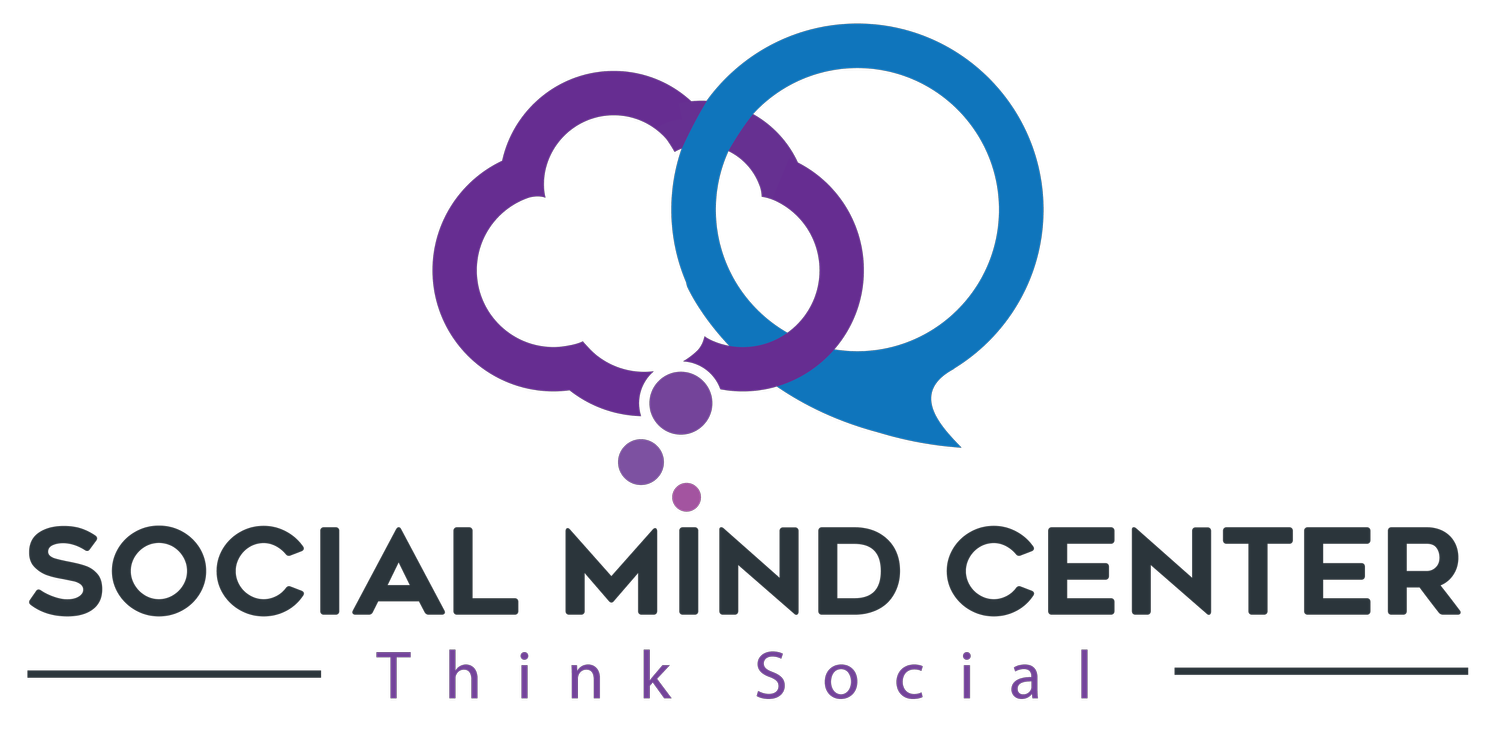TOP SKILLS FOR KINDERGARTEN READINESS
When our children are babies and toddlers, we do so much for them. They require so much attending and care since they are too young to do and care for themselves. As parents, we often see them as more dependant than we should. There is so much a two-year-old can learn to navigate their environment independently. It is at the age of two that we as parents can encourage independence and self-care. Children are starting school earlier now, either at two or three years old. They are exposed to and learn so much quicker. Their brains are sponges. Most children want to do it for themselves. Some may need additional modeling and practice, but the earlier you start, the quicker they will adapt. It’s important to remember as a parent that we are not raising our kids for us; we are raising them to go out into the world.
Three critical words to know and apply in teaching pre-schoolers
consistency, structure and repetition.
Kindergarten has changed considerably over the last few decades. There are expectations for social, emotional and behavioral skills in Kindergarten beyond academics. The increase in expectations is due to children attending pre-school earlier and acquiring academic and social skills in pre-school. To navigate the current kindergarten curriculum, children are expected to have a certain level of independence.
Teachers are required to cover more curriculum with less playtime. There are more tasks and swift transitions required throughout the day. Kindergarten is more serious now, requiring a different level of performance. To ensure your child’s success fostering independence in self-care, communication, self-regulation, and tasks are necessary. Of course, it is an asset if your child knows their letters, recognizes words, colors, shapes and writes. All the skills below can be developed and encouraged in your home by allowing your child to take a more active role in meeting their own needs and helping the family.
The following skills are for independent navigation of the classroom:
Takes responsibility for belongings. Unpacks and packs up (lunch box, backpack, jacket).
Able to dress self
Transitions to different activities and tasks throughout the day and adjusts to the situation.
Attend to an activity or task for at least 10 minutes and stay with it until it is completed.
Uses words to solve problems or conflicts.
Asks for help and asks questions when uncertain about what to do.
Follow one and two-step oral directions.
He talks in sentences and uses sentences that include two or more ideas.
Waits turn to play with toys or games.
Tries to regulate emotions properly and articulates feelings in words. Demonstrates increasing self-control.
Works cooperatively (listens to others, shares and takes turns).
All these skills fall into these skill categories:
Attention and awareness
listening
Social communication skills involve using language in social contexts. They encompass social interaction, social cognition, pragmatics, and language processing.
Self-control/self-management
cognitive flexibility
self-care
Classroom Independence for children on the autism spectrum
Acquiring these skills will require additional practice and intentional instruction for children on the autism spectrum. When my son was 2 years old and had recently been diagnosed with ASD, we enrolled him in the Starting Right Program. This program was a simulation of preschool teaching a classroom's independent navigation and expectations. We also focused during speech and language therapy on words related to school expectations. We also sought out opportunities for him to attend our church's pre-school Sunday school program.
Practice across environments at home and on all outings. Use the same strategies and materials in all environments. For example, read books, play games, use crayons and pencils, glue sticks, scissors, sort and match, and sit at the table to complete tasks. Practice sitting at a table-engaged activity in increments of 5 minutes as frequently as possible.
Modeling of expectations in an actual or similar environment to the classroom.
Using words and language that will be expected in the classroom. When my son went to Kindergarten, his expressive language was limited. We prioritized and practiced words we knew were needed in the classroom for independence.
I need help or help,
I need a break or break,
I need space, please, or space
No thank you
Please
Bathroom
Snack
Visual /Picture Schedules & Support
Visual Picture Schedule
We always used visual schedules to give advance notice of expectations, provide language support, and provide a self-regulation/self-management tool. There is a grave misunderstanding of the use of visual schedules for those with autism. Visual schedules promote self-organization.
Children on the autism spectrum are much more successful when given advanced notice of expectations and can practice repeatedly. We always used visual schedules to give advance notice of expectations and support self-regulation/management. There is a grave misunderstanding of using visual schedules in autism. Visual schedules provide and promote self-organization. Visual schedules provide:
1. Advanced notice
2. Expectations - model expectations
3. Self -regulate: organize
4. Words related to classroom tasks
5. Independent prompting—A child on the spectrum can become prompt-dependent. A visual schedule is a form of prompt that can be self-managed, freeing the teacher from constantly prompting.
6. Redirection and replacement to the expected behavior or task.
Give a child on the spectrum the tools and resources to bridge skills gaps ensures their success. Expecting a child with autism or a learning difference to behave as a neurotypical is cruel.
RESOURCES:
Kapila Family Foundation Starting Right Program at Nova Univerisity
https://education.nova.edu/autism-institute.html
For children 18 months - 3 years old
Early intervention, caregiver/child program for children diagnosed with, or at risk for, autism.
Starting Right is an early intervention, a parent-child class designed to serve children 18-36 months of age exhibiting delays in language and social skills. The program is designed to increase communication, social, and school readiness skills. It also provides caregivers with techniques and strategies to use in the classroom and at home. Intervention support is provided by clinical psychologists and behavioral specialists.




